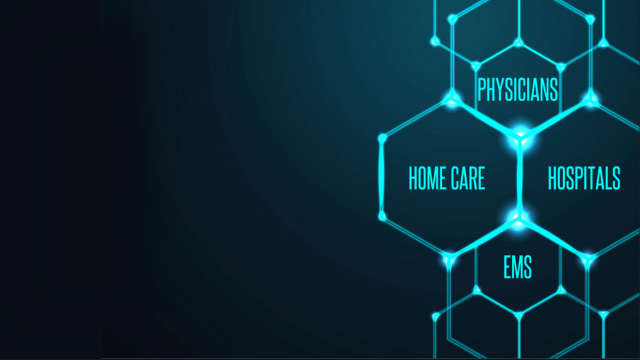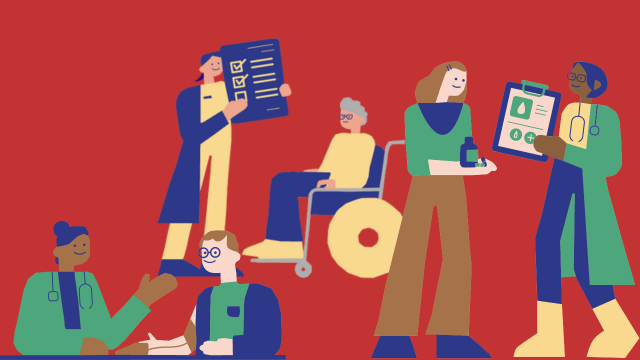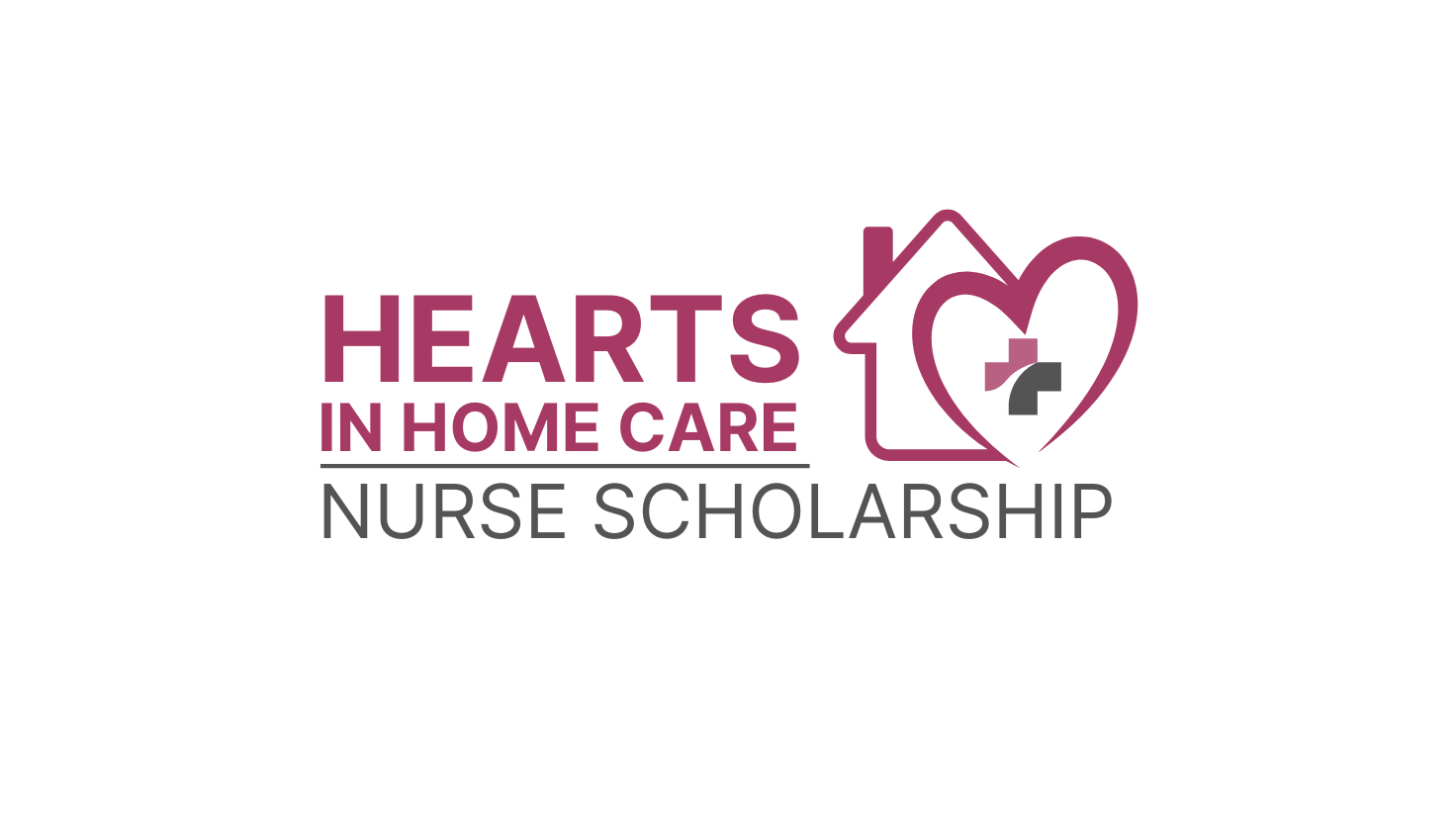
Active Grant
Collaborative Models of Community Medicine and Paramedicine



About
The Home Care Association of New York State Education and Research E&R (HCA E&R), the Iroquois Healthcare Association (IHA), and IPRO, the state-federal regional quality improvement organization, partnered to develop and pilot Collaborative Models of Community Medicine and Paramedicine.
This initiative involves a multiyear plan that is currently underway in seven rural and small community regions that have developed pilots across New York State:
- Northern New York Region
- St. Lawrence Region
- Finger Lakes Region
- Southern Tier Region
- Mohawk Valley Region
- Hudson Valley Region
- Adirondack/Northeast Region
Core health sector partners and practitioners from local hospitals, home health agencies, physicians, clinics, and emergency medical service (EMS) organizations are working together to develop and implement collaborative models to strengthen care in their communities.
The service population focuses on individuals with complex, high-risk health conditions, those who face challenges accessing health care, those who have multiple chronic conditions, those who need help with activities of daily living, or those who are super utilizers of the hospital and/or local EMS/911 system.
Community and System Need
Coordinating and optimizing the roles of all core partners in care delivery, particularly amid growing care complexity and shortage of resources, is critical to patient access, quality, and outcomes. The need for a coordinated response is exacerbated by the chronic and worsening health personnel shortages in the NYS healthcare system that impair access and continuity of care for medically, socio-economically, and mentally vulnerable individuals living in the community.
To close these gaps, collaborative care by hospitals, physicians, home health agencies, EMS, and other core community partners is imperative. While emergency care is typically the focus of paramedics, they can have further invaluable roles in partnerships with patient care teams, as they are particularly knowledgeable of their community’s health needs, especially those who rely on EMS/911 to address their healthcare needs. Emergency medical technicians (EMTs) are frequently called into non-urgent medical situations, straining the already limited resources for when true emergencies arise. This puts a burden on emergency care teams and threatens to harm those in true need of emergency.
By leveraging collaboration between emergency services and other health sector partners, this burden can be reduced while also ensuring community members receive appropriate and efficient care.
The Models
Traditionally, developing programs of community medicine in NYS that include elements of paramedicine is a challenge. Instead of focusing solely on statutory change, this initiative draws upon collaboration. This program is highly community-centered and requires consistent collaboration among providers. Collaborative models aim to optimize already established community resources and work with all partners towards goals to support care transitions, continuity of patient service, and coordinated intervention with vulnerable populations or during vulnerable periods.
The seven pilot sites share similar goals, but each is tailored to the available community resources and the identified needs of the individuals living in each community.
The foundation of the success of the pilots thus far is attributable to continued education, communication, and trust-building across all core partners.
Benefits
- Supports home care by serving as a bridge in critical points in care transitions between health care facilities and the home, while supplementing timely services.
- Improves communication, access, and continuity of care by flexibly choreographing the partnered assistance of core health system partners.
- Meets the health needs of the community, while simultaneously preventing potentially avoidable emergency department usage.
- Decreases 911 utilization and EMS transport for conditions able to be handled through preventive in-home support.
Early Results
- Decreases emergency department visits by 61%
- Decreases hospital admissions by 78%
- Decreases EMS/911 calls without transport by 60%
- Decreases EMS/911 calls with transport by 50%
(Performance results 6 months prior and 6 months post program implementation. Data collected from 3 original pilot sites.)
Next Steps
Public and private insurers must recognize the value of these collaborative models and their applicability to health care. Ways to do that include:
- Coverage under private and commercial health plans.
- Medicaid coverage under the state’s 1115 Medicaid waiver.
- Bundled services coverage under new and evolving forms of federal, state, and private reimbursement.
- Coverage under other health plan models offered in NY.
A formal evaluation will be taking place in 2025-2026 to determine effectiveness, efficiencies, strengths, weaknesses, areas for improvement, outcomes, impact, and lessons learned across all seven pilot sites. A request for proposals (RFP) will be available soon.



